

Stem cell eye treatment for glaucoma marks a breakthrough in regenerative medicine and brings new hope to patients looking for alternative vision care solutions. This innovative approach is part of a broader revolution in regenerative medicine that now helps patients with various conditions, from chronic pain to neurodegenerative diseases.
Colombia has become a leading destination for advanced stem cell therapies over the last decade. Treatment costs range from $5,500 to $14,000, making them 70% cheaper than in Western countries. The country’s health regulatory body, INVIMA, maintains strict medical standards that match United States requirements. This piece explores how Regencord, in Pereira, Colombia, approaches stem cell therapy for eyes and glaucoma while providing budget-friendly care options to patients worldwide.
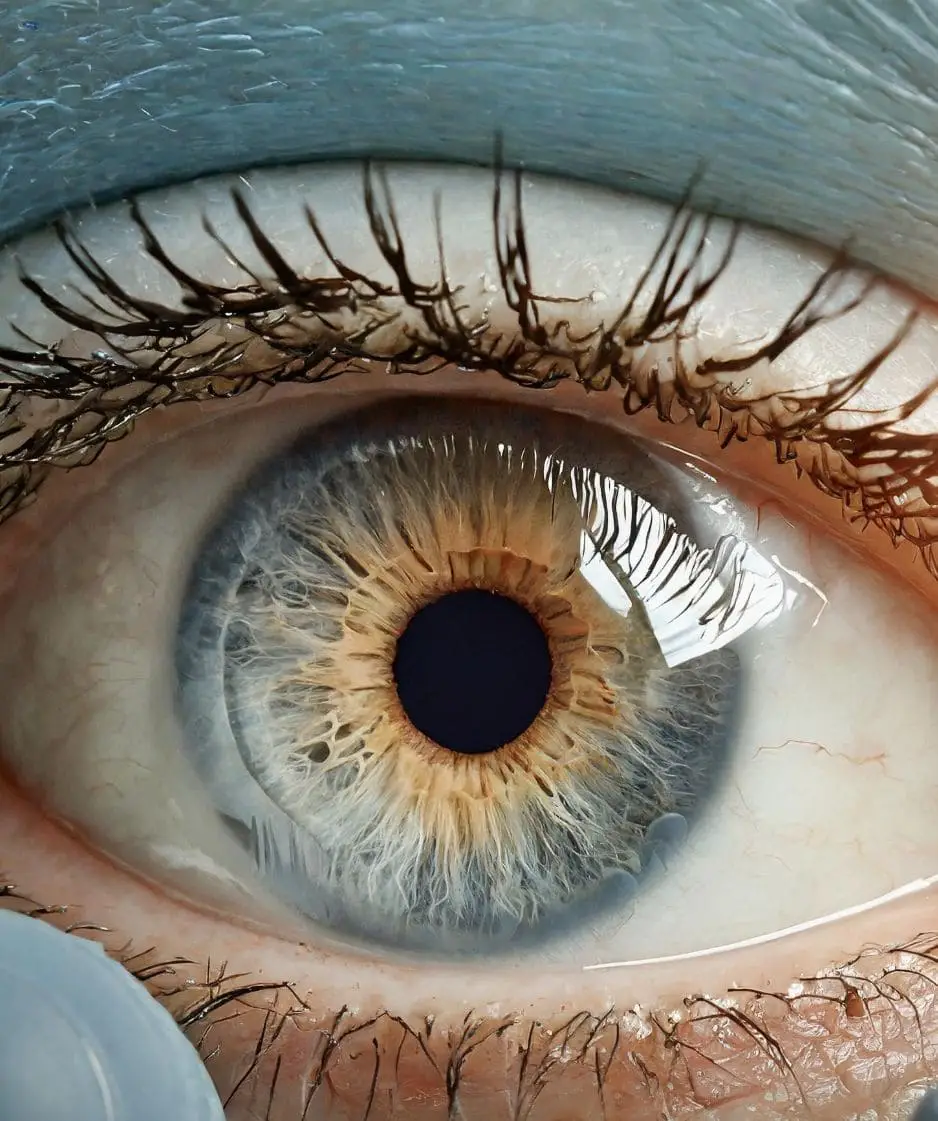
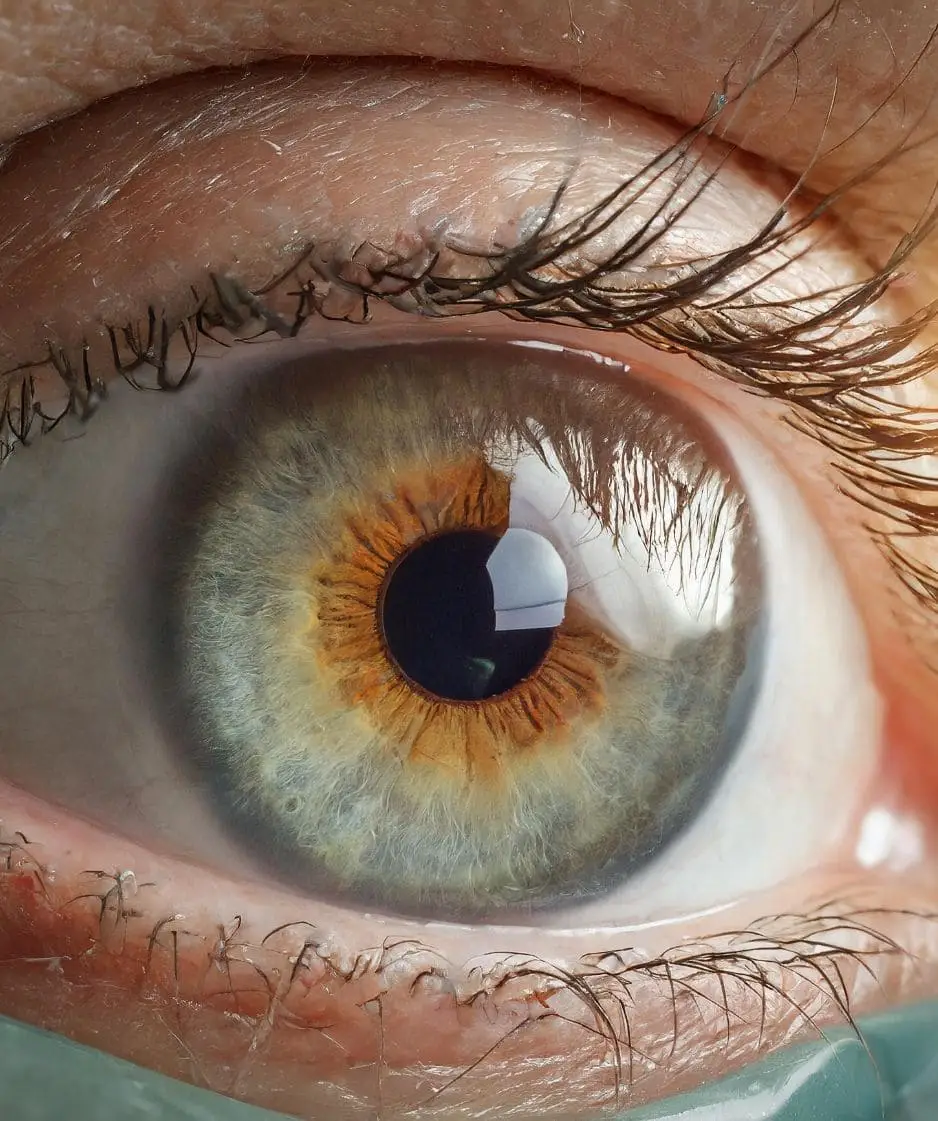
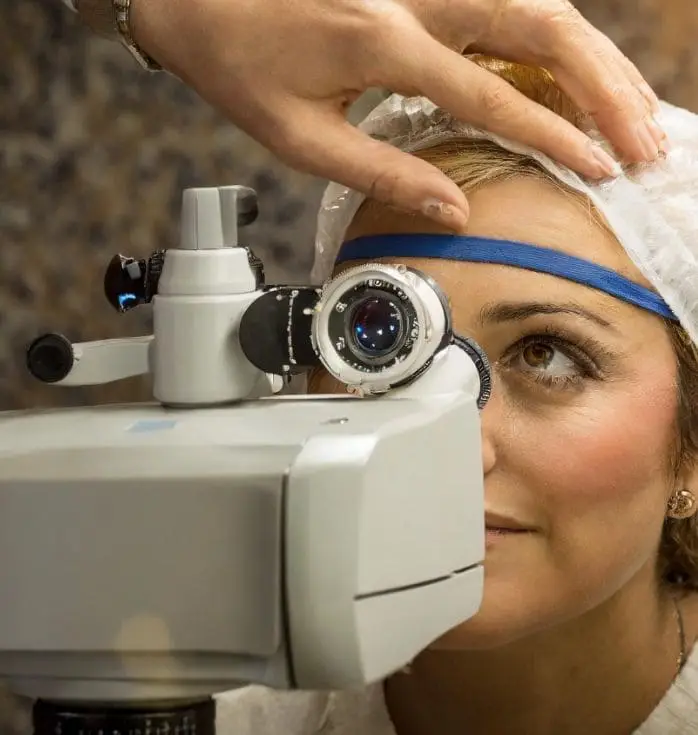
Glaucoma quietly robs the vision of over 70 million people worldwide. About 10% of these patients end up with blindness in both eyes. This progressive nerve condition creates unique challenges that push many patients to look beyond standard treatments when their vision keeps getting worse.
People call glaucoma the “silent blinder” because it sneaks up without warning signs in its early stages. Most patients don’t notice anything wrong until their vision has already suffered serious, permanent damage. The disease usually starts by attacking side vision before it moves on to central vision—the part we need to read, drive, and do everyday tasks.
Glaucoma won’t stop on its own. Without treatment, it keeps destroying vision and can lead to complete blindness. Once the optic nerve gets damaged, there’s no way to fix it – lost vision stays lost forever. That’s why getting effective treatment quickly really matters.
Life changes dramatically for people with glaucoma. Research shows that patients' quality of life scores drop even lower (M = 34.86) if they have other health issues. The longer someone has lived with glaucoma, the more their quality of life tends to suffer (r = 0.56).
The emotional toll runs deep. Glaucoma patients show higher anxiety (M = 10.64) and depression scores (M = 13.42). These mental health struggles get worse as the disease advances. Patients face several challenges:
Scientists tracked patients with special devices and found they take fewer steps each day compared to people without glaucoma. The worse their condition, the less active they become. Many patients also stress about becoming dependent on their families.
Standard glaucoma treatments focus on lowering eye pressure, the only proven way to stop vision loss. But these treatments have their own problems.
Traditional surgeries like trabeculectomy and drainage devices work well to reduce pressure but can cause serious complications that require extensive follow-up care. Newer, less invasive surgeries (MIGS) are safer but don't lower pressure as much, usually only getting down to about 15 mmHg.
Some patients just don't respond well to regular treatments:
About 14% of glaucoma patients turn to alternative medicine. Finding other options gets harder because standard treatments cost a lot and often need repeated procedures.
These challenges have made stem cell treatment an attractive option, especially in Colombia, where cutting-edge regenerative medicine is becoming more available. Colombian stem cell therapy shows how determined patients are to save their vision when traditional methods aren't enough.
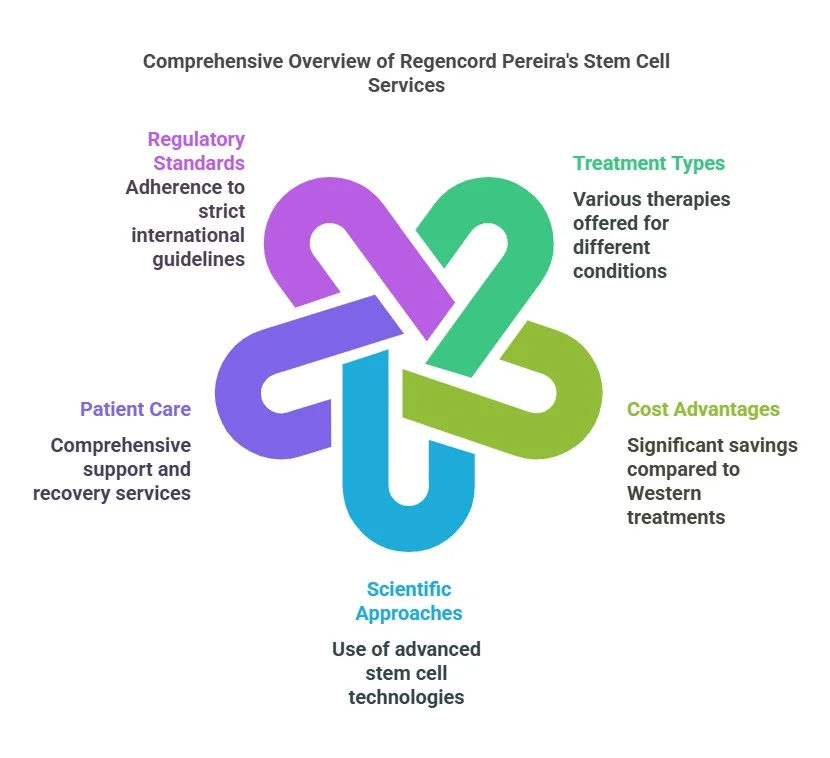
Colombia has become a top destination for patients who need stem cells for eyes and other eye conditions. The country provides advanced treatment options at much lower costs than Western countries, making it an attractive alternative for people who want to look beyond standard treatments.
Colombian clinics excel in several types of stem cell therapies that target various eye conditions. We focused on regenerating damaged tissue and organs to slow down disease progression. Clinical trials show promising results for two specific eye conditions:
Stem cell approaches for glaucoma are still in development. Research shows stem cells might protect retinal ganglion cells from breaking down and could even replace lost ganglion cells to restore eye-to-brain connections. These treatments are customized to each patient, which improves the chances of success.
Colombia has grown faster into a pioneer in regenerative medicine, drawing patients from South America, North America, and Europe. Here's what makes it stand out:
Advanced regulatory framework: Colombia's National Institute for Food and Drug Surveillance (INVIMA) has clear legal and ethical guidelines. This allows clinics to offer innovative treatments while keeping patients safe, unlike many countries with tight restrictions.
Government support: The Colombian government has launched initiatives to propel development in this sector:
Medical expertise: Colombian clinics have highly skilled doctors with training from the United States and Europe, which ensures world-class care.
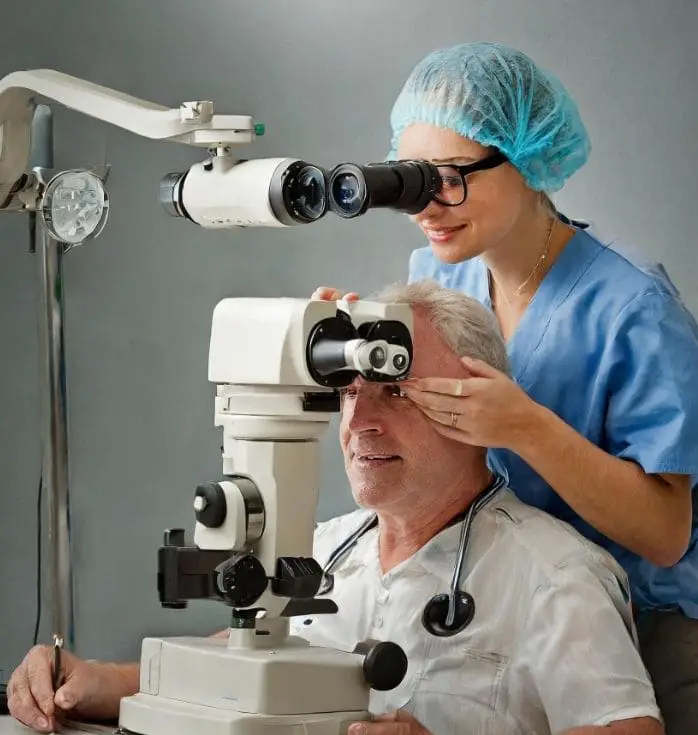
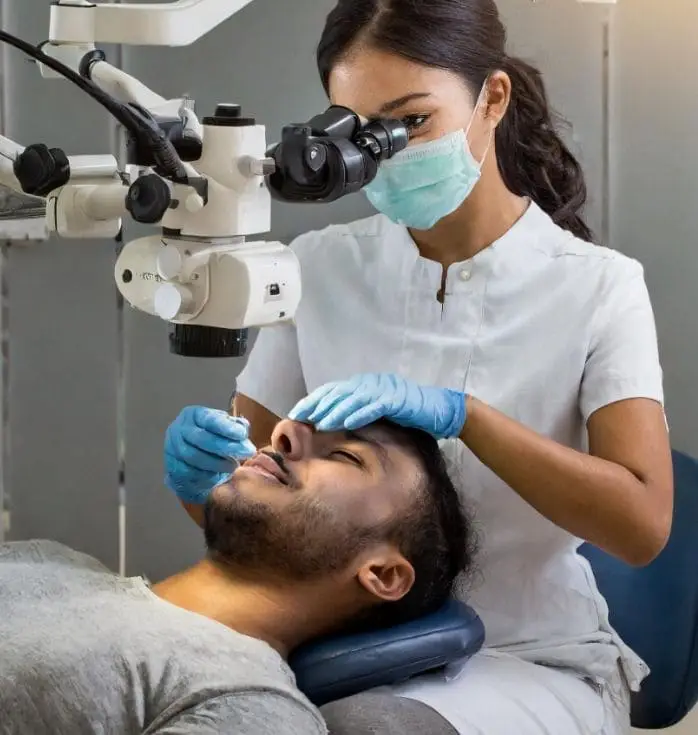
Regencord leads innovative approaches to stem cell glaucoma treatment and sets itself apart with methodologies that exceed conventional care options. The clinic’s core philosophy addresses both biological and personal aspects of vision restoration for glaucoma patients.
Regencord’s unique focus on glaucoma vision restoration goes beyond symptom management. Traditional treatments only lower intraocular pressure (IOP). However, many patients’ conditions worsen despite reaching their lowest safely achievable IOP. This reality drives the clinic to learn about regenerative options that target fundamental cellular damage in glaucoma.
The clinic becomes a partner in each patient’s vision restoration experience. A stem cell researcher explains his motivation: “My driving motivation is, one day, to be able to improve the lives of my patients with the most severe cases of glaucoma — to tell them that I am not only their doctor but their partner on the road to vision restoration.”
Each patient's treatment starts with a complete evaluation of their condition. The clinic then develops customized treatment plans. Glaucoma affects people differently and progresses at varying rates, so one-size-fits-all solutions don't work.
Their protocols cover:
Early-stage glaucoma protocols focus on protecting and rejuvenating retinal ganglion cells before major degeneration occurs. Advanced cases need treatment to replace damaged ganglion cells and potentially regenerate the connection between the eye and brain.
Regencord doesn't position stem cell therapy as a replacement for existing glaucoma treatments. Cellular therapy enhances ongoing regimens to boost overall outcomes. Stem cells work with conventional treatments to:
Advanced diagnostic technologies, such as artificial intelligence-driven testing and specialized imaging, are part of the treatment process. These tools help monitor treatment responses and disease progression accurately, allowing quick adjustments to therapeutic protocols.
Regencord gives hope to patients with advanced glaucoma who have tried all conventional options. Their detailed approach tackles both cellular and mechanical aspects of the disease. The treatments target trabecular meshwork cells that maintain healthy eye pressure. This improves aqueous outflow and supports the survival of remaining retinal ganglion cells.
Regencord's distinctive approach combines customization, complementary integration, and patient partnership. This acknowledges current treatment limitations while exploring regenerative medicine's potential.
Starting stem cell therapy for glaucoma requires careful planning, especially when traveling to Colombia for treatment. Regencord offers patients a well-laid-out process that works well and keeps them comfortable during their stay.
The original pre-screening gives doctors a complete picture of whether stem cell treatment suits you. Tests check your optic nerve damage and overall health, and lab work rules out any reasons you shouldn’t get the procedure. Setting realistic expectations matters, too—stem cell therapy shows promise, but knowing that vision won’t return to normal helps patients prepare mentally.
Prior to travel, patients should:
Stem cell treatment for glaucoma emerges as a promising option to preserve vision when conventional therapies fall short. Regencord has shown the most important success in protecting remaining vision and stabilizing intraocular pressure through personalized protocols and careful patient selection. Their complete approach combines cellular therapy with existing treatments and brings hope, especially when you have exhausted traditional options.
Regencord's patient outcomes highlight stem cell therapy's potential benefits. Both early-stage and advanced glaucoma cases have documented improvements. Colombia's 20-year-old medical standards and economical treatment options make advanced eye care available to patients worldwide.
Stem cell therapy adds a fresh perspective to glaucoma treatment. Research suggests it works well with existing protocols and might offer regenerative benefits that doctors once thought impossible. Real-life patient experiences show this treatment path can renew hope for people facing progressive vision loss.
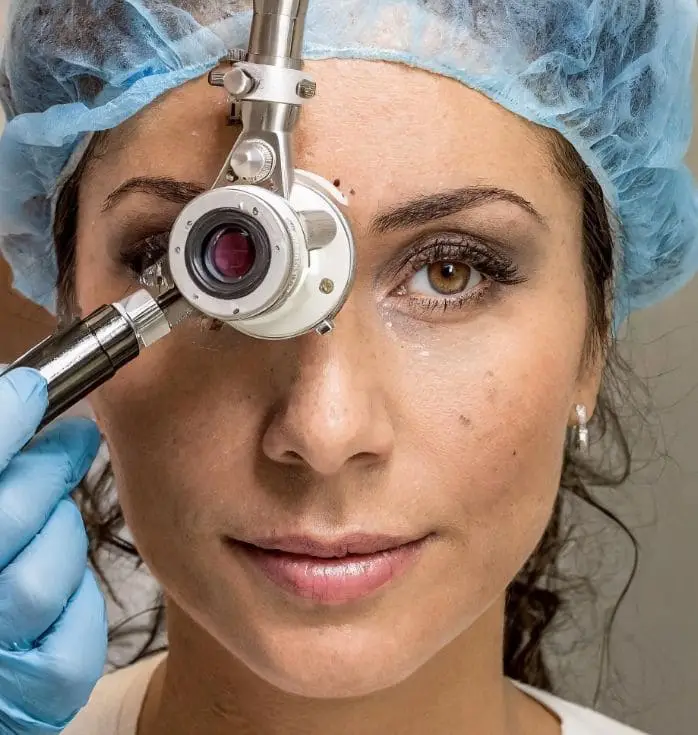
Stem cell therapy revolutionizes treatment options for osteopetrosis patients and provides hope beyond traditional treatments. Research shows the most important improvements happen in bone structure and blood formation, especially when patients start treatment early. The specialized protocols at Regencord’s Pereira facility have led to soaring wins, with the best results coming from patients who receive transplants before reaching 10 months.
Patients face several challenges, but quality of life improves substantially with proper post-transplant care and monitoring. They experience fewer fractures, move better, and enjoy improved health outcomes. Medical teams conduct regular follow-ups to ensure the best recovery and quickly address any complications.
Advanced stem cell therapies show great promise for treating osteopetrosis effectively. Success stories from children and adults prove these treatments work well regardless of age or condition severity. We have a long way to go, but we can build on this progress as medical science brings new hope to people affected by this challenging genetic disorder.
We focus on knee treatment using stem cell therapy, focusing on three main processes:
Stem cells are unique cells with the ability to develop into various cell types and repair damaged tissues. They are used in regenerative medicine, including treatments for cancer, neurodegenerative diseases, and injuries. Sources include bone marrow, cord blood, and embryos.
+1 888-540-4101


